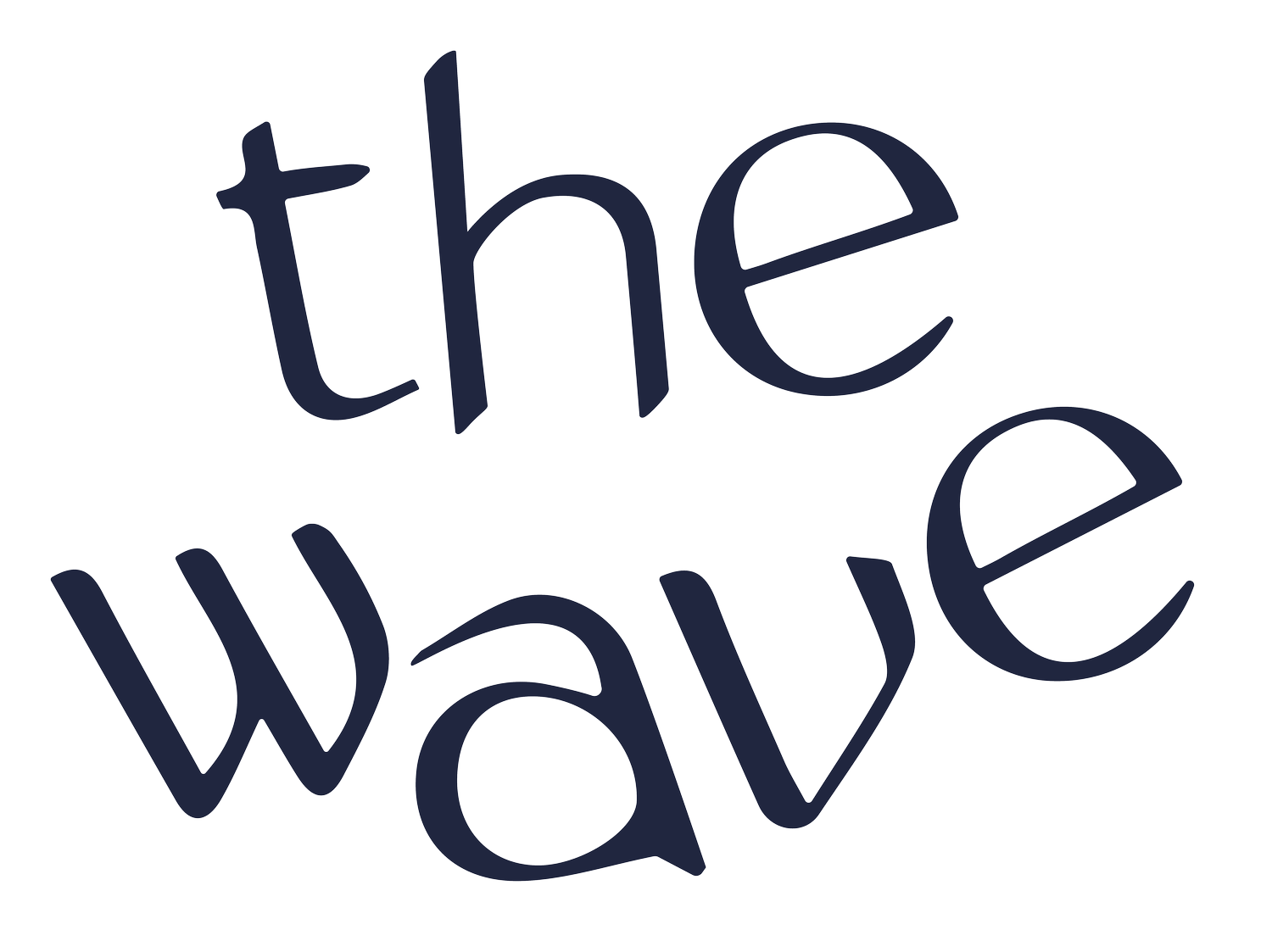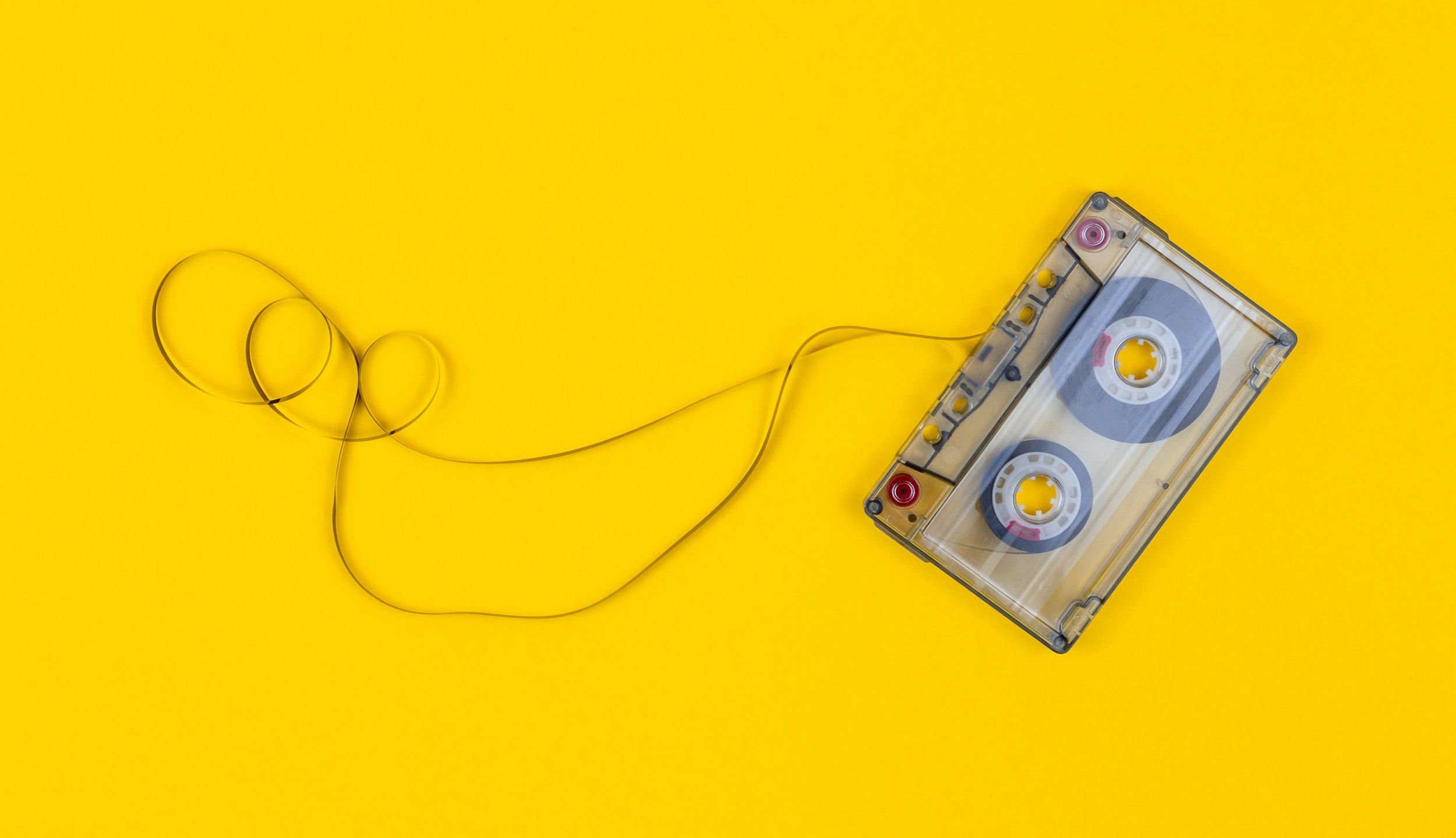What Do You Need to Start a Podcast?
Podcasting is the latest craze of digital media formats, with 850,000 active podcasts and over 30 million episodes currently available worldwide. It is a fulfilling and exciting way to pursue creative ambitions, giving people a platform to share their opinions and connect with a potentially global audience.
If you’re considering starting your own podcast, you may worry about the investment of time and money required to get it up and running. Contrary to popular belief, starting a podcast doesn’t have to be a budget-blowing venture, nor does it require you to be extremely technical.
This guide will walk you through the basic equipment and minimum software requirements needed to develop a high-quality, engaging podcast.
✴ Why Should You Start Podcasting?
Producing podcasts is all about creating content that allows you to reach new and broader audiences. It opens the door to people who might never have found or consumed your long form content but prefer the convenience of the audio format. These people can now incorporate your podcast into their routine, be it while commuting, working out, or unwinding at the end of the day. This extended window gives you the opportunity to showcase your expertise and establish yourself as knowledgeable in your field.
In comparison to other content creation platforms, podcasts grant you an intimate connection with your audience, allowing you to build trust, which can in turn influence purchasing decisions and eventually lead to brand loyalty.
And one of the biggest catches? It doesn’t need to cost much to get started with your very own podcast.
✴ Do Podcasts Make Money?
It's not just established content creators or those with deep pockets who can find success in the podcasting industry. Podcasts are an inclusive media, allowing virtually anyone to build a following and potentially earn some money.
Podcasts allow you to build prosperous brand recognition at an extremely low price. Businesses and brands understand the value of a well-executed podcast and are harnessing the benefits of their marketing value. Podcasts harbor huge potential to drive traffic to your respective online channels, which opens up an entirely new revenue stream. Not to mention that you control every aspect of your venture.
The 2019 Edison Research Podcast Consumer Report highlighted that 51% of all Americans aged 12 and up have listened to a podcast. This was an impressive 7% increase from the previous year. With a growing audience comes more potential to charge sponsors for mentions. And with podcast advertising revenues estimated to surpass $1 billion annually by 2021, there's no question that podcasting has the potential to be an incredibly lucrative source of income.
✴ The Steps to Building a Successful Podcast
Without the right equipment, it's nearly impossible to get a successful podcast up and running. While there are cost-free options available if your budget is tight, ideally, investing a little can take your podcast to the next level.
Here's what you'll need to get started:
✴ A Good Microphone
Audio quality is a key aspect of podcasting, but it doesn’t have to break the bank. The good news is that almost any microphone will make a valuable addition to your collection of recording gear.
If you're looking to keep your costs as low as possible, use whatever microphone you already have available to you. This could be a gaming headset, or the basic microphone found in your mobile device. If used correctly and in the right setting, they can produce decent sound that will get your podcast on the road.
Unfortunately though, that strategy quickly falls through if you are co-hosting your podcast or have guest appearances, since you’ll need enough microphones to record everyone in the space.
If you are looking to invest some money on podcast equipment however, a good mic should be the top priority. The decision of which type of mic to buy will generally come down to choosing between a USB or analog (XLR) microphone:
USB Microphones - USB mics convert analog sound to digital, which allows you to plug your USB mic directly into your computer for instant, hassle-free recording.
Analog Microphones - Analog mics employ XLR connectors, which require you to run your mic through a pre-amp before inputting the channel into your computer. While this does require significantly more effort, it does allow you to achieve a much higher audio quality.
If you're trying to keep costs as low as possible, while also maintaining the crisp audio of a professional podcast, the humble USB mic may be your best option. Unlike analog mics, you won’t need any extra gear or extensions to record with a USB mic, which makes them the more cost-effective option of the two.
To learn more check out our article highlighting the best podcasting microphones for under $200.
✴ A Computer
The assumption is that most people will already have access to a computer for recording, editing, and uploading their podcast content.
Before investing in microphones and editing programs however, it's vital to check that your computer can accommodate them. You will need certain ports depending on how you choose to record. For instance, USB microphones require an open USB connection while analog microphones require a 3.5 mm audio-in jack, USB/USB-C port, or a FireWire port to accommodate a portable XLR recorder and audio interface device.
✴ Audio Editing Software
To produce professional podcasting content, you’ll need a Digital Audio Workstation (DAW). DAWs like Reason are often used by professional editors and studios, and as such come with a hefty price tag, costing anywhere from $99 to $599. There’s also Hindenburg audio editing software which costs $95-$500 annually, depending on the tools and services you choose. Simpler software like Pro Tools can set you back about $29-$79 per year, but this reduction in price means a sacrifice in functionality. Pro Tools is infamous for having a steep learning curve; however, the professional sound is worth the effort if you’re willing to learn. If you can afford to invest some money, these 3 are great options.
There are also free open-source programs like Audacity, which provide the same tools as the paid, licensed software, just in their most basic forms. Equipped with top-quality recording software and a comprehensive selection of editing tools, it’s an all-inclusive system. If you’re looking to get started but want to keep costs low, free software like Audacity is a great starting point.
If navigating the selection of podcast editing software seems like a challenge, check out our guide on [the best podcast editing software].
✴ Optional Extras
To produce crisp, flawless audio, it may be worth investing in some additional equipment for your recording sessions. But remember, these are not absolutely necessary to start and can always be added in at a later date. Some of these could include:
Desktop Mic Stands - The role of a desktop mic is simple – to stop you from having to hold your mic while recording. This frees up your hands so you can do things like checking your notes and making subtle recording adjustments.
Pop Filters/Shields - Whether you employ a foam and metal crafted filter, or opt to build your own with elasticated fabric, the pop shield has been a staple of studio recording for decades. Designed to separate the speaker and mic, it prevents the percussive 'P' and 'B' sounds produced by the impact of air on the microphone, making your audio much smoother to listen to.
Portable Vocal Booths - When you first start out, renting an equipped recording space may not be an option. But with a portable vocal booth (PVB) at your disposal, you can stop unwanted sound from escaping past your mic, which prevents audio reflecting from surrounding surfaces.
✴ Dedication to Your Craft
Before splashing the cash on your new podcasting endeavor, it’s crucial to consider the scale of commitment that podcasts need to be sustainable.
It’s easy to fall into the mindset that podcasting is easy, but don’t be fooled. They take a lot of planning, time and effort to succeed; meaning commitment and consistency are imperative.
✴ Progression Over Perfection
All in all, there are options for you to invest little to no money in your podcast. Theoretically, you could build your recording set-up using the mic in your phone, a pre-purchased laptop, and free editing software. And if you are going to make the investment, it's important to remember that if properly cared for, audio equipment will last a lifetime.
It might be wise to find cheap but functional equipment to start with and allow the standard of your gear to grow alongside your podcast. Focus on the progression of your podcast, rather than starting from a place of perfection right away. The key is to get started and to enjoy the journey!
For a more insight on how to get your podcast rolling grab our free complete podcast checklist here.
LIKED THIS ARTICLE? DOWNLOAD OUR FREE PODCASTING GUIDES
Guide to Growth & Monetization The Best Podcast Equipment 2022 The Ultimate Production Checklist Vocal Warm-ups for Podcasters Target Listener Persona Template The Best Podcast Tools 2022

